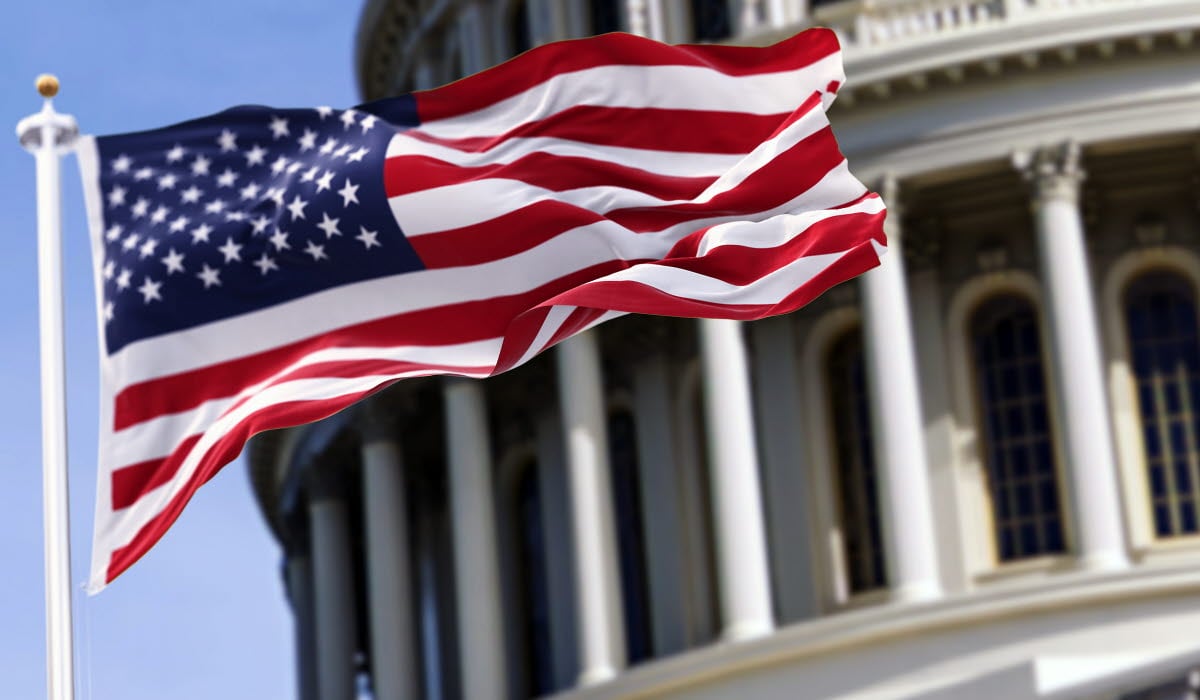Current tariff overview:
| Country/Coverage | Tariff | Date active | Broad exemptions |
| Mexico | 25% | 4 March | Imports under USMCA |
| Canada | 25% | 4 March | Imports under USMCA |
| China | 30% | 14 May | Product exemptions |
| China, De minimis shipments (under USD 800) | 54% of their value or USD 100 per item (USD 200 per item after 1 June) | 2 May | |
| Reciprocal - Universal | 10% | 5 April | Product exemptions |
| Reciprocal - EU | 20% | July | Product exemptions |
| Reciprocal - Other countries | 11%-50% | July | Product exemptions |
| Steel & aluminium | 25% | 12 March | Specific exemptions |
| Automotive | 25% | 3 April | TBD |
| Pharmaceuticals | TBD | TBD | |
| Semiconductors | TBD | TBD | |
| Aircraft and parts | TBD | TBD |
Trade talks continue as tariff pause nears end
The 90-day pause has offered short-term relief – bringing US tariffs on Chinese goods down to 30% – but tensions remain high. Treasury Secretary Scott Bessent warned that “Liberation Day” tariffs could return if partners fail to negotiate “in good faith.” President Trump has threatened a 50% tariff on EU imports, citing stalled negotiations. Importers are front-loading shipments – particularly from China – yet supply chain data shows mixed signals – logistics firms report below-average holiday volumes, and retailers are warning of possible shortages by late summer.
US bill targets “unfair taxes” – investor pressure mounts
The US House of Representatives narrowly passed its “One Big Beautiful Bill” – a sweeping legislative package that includes tax cuts, Medicaid reforms, energy rollbacks, and savings incentives. Critically, Section 899 introduces retaliatory tax measures against countries deemed to impose “unfair” tax policies – such as digital services taxes or the OECD’s global minimum tax – posing fresh risks for foreign investors. The bill now heads to the Senate, where its fate remains uncertain.
Retailers signal rising cost pressure
Major US retailers are increasingly vocal about the cost burden of tariffs. Walmart, Target, and Lowe’s have revised their financial outlooks, with Walmart stating that the scale of tariffs makes it impossible to avoid passing on costs to consumers. President Trump responded by publicly urging the company to “eat the tariffs.” Swedish companies exporting to US retailers should note the growing price sensitivity – and prepare for tougher pricing negotiations.
Swedish firms face growing complexity in the US
As retaliatory tax proposals and consumer price sensitivity intensify, Swedish firms operating in the US face rising uncertainty. Businesses with global supply chains – or digital operations – should closely monitor policy developments and reassess their risk exposure and market positioning ahead of the July tariff deadline.
What to watch next week
- Follow up on Trump’s tariff threats against the EU – expect movement on US-EU trade talks or signs of escalation.
- Look for further front-loading activity by US importers.
- Monitor signals from major retailers on pricing and supply strategies.
- Track any announcements of new bilateral trade agreementle, further details may emerge on the proposed 100% tariff on foreign films, signalling a potential expansion of tariffs to services and digital content.
Update: President Trump has announced a delay of the EU’s 50% tariff threat until 9 July.
Get in touch
Business Sweden has extensive experience in tariff scenario analyses, localisation evaluations, and supplier assessments. If you need support in assessing your supply chain or navigating the impact of these tariffs on your US operations, please contact Johan Karlberg or Peter Ekdahl.
SUBSCRIBE TO OUR U.S. TRADE POLICY BLOG
Stay ahead with the latest insights and updates from Business Sweden’s US blog series.
Click here to subscribe now to receive email notifications for new posts.






